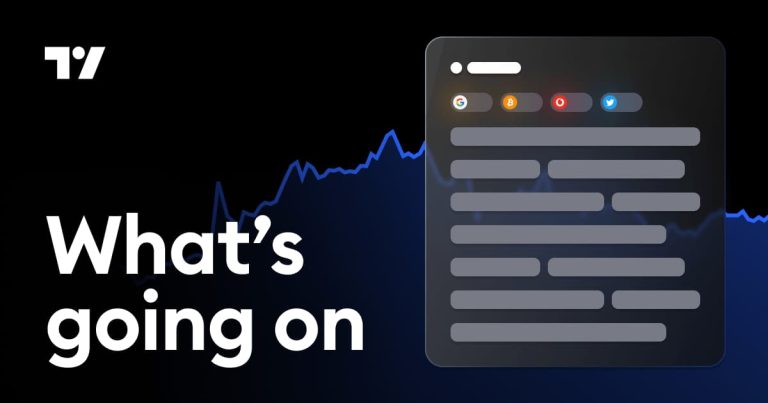- Bitcoin’s recent pullback was driven more by whale profit-taking than macro panic.
- But with tariff pauses set to expire soon, could Bitcoin’s calm be tested by a fresh wave of macro volatility?
Bitcoin’s [BTC] ability to absorb recent war-driven FUD without losing its $100k footing marks a notable shift in market structure. Just a couple of years ago, this kind of geopolitical shock would’ve triggered a sharp correction.
So what’s really behind the resilience? Is it Bitcoin’s own strength, like tight supply, solid support, and bullish on-chain trends?
Or was the market just ahead of the curve, pricing in a likely ceasefire based on past political playbooks?
That’s the real question heading into Q3. Because while BTC looks steady now, the volatility isn’t gone. Instead, it’s just waiting for its next cue.
Bitcoin reacts to whale pressure, not macro chaos
Skeptics may highlight Bitcoin’s swift drop to $98k on the 22nd of June as evidence that macro volatility was creeping back in. But from a broader perspective, the damage appeared limited.
Compared to the sharp 22% monthly drawdown during the “Liberation Day” collapse, the current 11% pullback looks more like a healthy retest than a structural breakdown.
What drove the softer impact? Simple: The market didn’t buy into the idea of a drawn-out conflict.
One of the biggest tells was oil. Rather than spiking, prices actually dropped nearly 15% to $60/barrel, even as Iran struck U.S. bases in Iraq and Qatar.
In fact, on-chain confirmed the reaction was more profit-taking than panic. As BTC broke past $100k and flirted with a new ATH, whales used the momentum to offload.
On the 16th of June, whales holding over 1k BTC deposited a massive 20,000 BTC, triggering a clean breakdown below the $105k support with a 2.71% intraday drop the next day.
But with broader sentiment stable and volatility contained, Bitcoin’s pullback stayed relatively shallow at just 11%, reinforcing the case for a controlled cooldown rather than signaling deeper structural weakness.
Countdown to tariff turbulence
In case you forgot, President Trump’s 90-day tariff pause expires on the 9th of July, and unless new trade deals are struck, the market will face a sharp reset in global trade flows.
In fact, the reset will be significant: Reciprocal tariffs will return, the EU faces import tariffs up to 50%, China retains 30%, and the global 10% baseline stays in place.
Notably, equity markets have front-run the optimism, with the S&P500 rallying over 1,200 points since the 9th of April.
Bitcoin, meanwhile, has surged 37% over the same window, pushing its average spot price to around $105k.
But as the tariff deadline approaches, the stakes rise. If renewed trade frictions stoke inflation through Q3 and Q4, the Fed’s path to even a single rate cut could be blocked.
In turn, whales, who remained relatively composed through the war FUD, may now adopt more reactive positioning.
With volatility likely to return in force, Bitcoin’s $100k level could face its most meaningful test yet, with heavier macro weight behind it this time.









